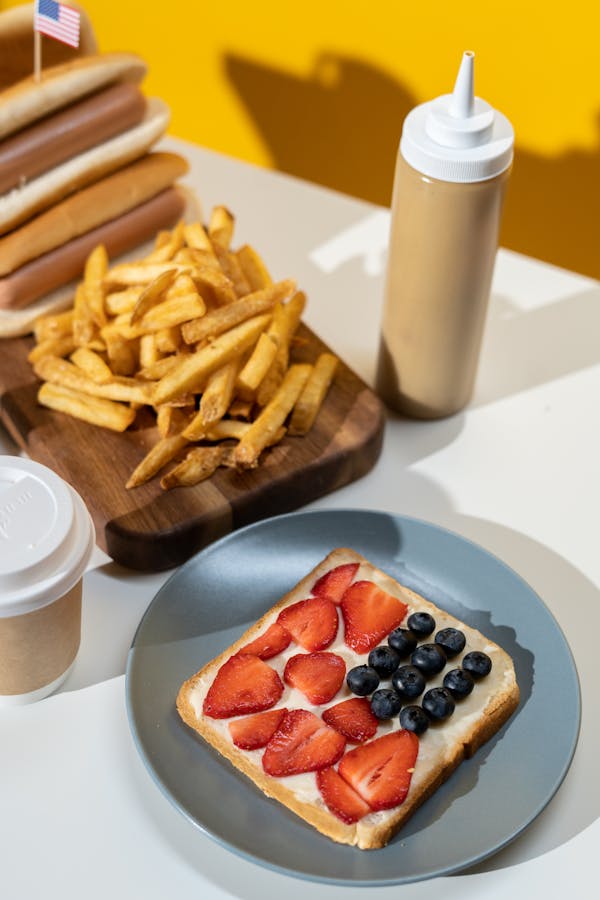
French toast, known for its deliciously crispy exterior and soft, custardy interior, is a breakfast classic that has delighted taste buds for centuries. This dish, made by soaking slices of bread in a mixture of eggs and milk before frying them to golden perfection, is simple yet versatile. It can be customized with various toppings and flavors, making it a beloved choice for breakfast and brunch around the world.
Origins and History
The origins of French toast can be traced back to ancient times. The dish is thought to have been created as a way to use up stale bread, which was soaked in a mixture of milk and eggs, then fried to make it palatable again. Various cultures have their own versions of this dish. In France, it is known as "pain perdu," which translates to "lost bread," referring to the use of old, stale bread.
French toast recipes appeared in medieval European cookbooks, and the dish continued to evolve over the centuries. It became particularly popular in the United States in the 19th century, where it was often served with syrup, fruit, and powdered sugar, turning it into a sweet treat for breakfast.
Ingredients and Preparation
The classic French toast recipe is straightforward and requires only a few basic ingredients:
- Bread: Thick slices of bread, such as brioche, challah, or French baguette, are ideal for soaking up the egg mixture without falling apart.
- Eggs: Eggs provide the custardy texture and help the bread brown beautifully when cooked.
- Milk: Whole milk or cream adds richness and moisture to the egg mixture.
- Flavorings: Vanilla extract, cinnamon, and a pinch of salt are commonly added to enhance the flavor.
To prepare French toast:
- Prepare the Egg Mixture: In a shallow dish, whisk together 2-3 eggs, 1/2 cup of milk, a teaspoon of vanilla extract, a pinch of cinnamon, and a pinch of salt until well combined.
- Soak the Bread: Dip each slice of bread into the egg mixture, ensuring both sides are well-coated but not too soggy.
- Cook the Bread: Heat a skillet over medium heat and melt a tablespoon of butter. Cook the soaked bread slices for 2-3 minutes on each side, or until golden brown and crispy.
- Serve: Serve the French toast hot, topped with your choice of maple syrup, fresh berries, powdered sugar, whipped cream, or any other desired toppings.
Variations and Toppings
French toast is incredibly versatile and can be adapted to suit different tastes and dietary preferences. Some popular variations include:
- Stuffed French Toast: Fill the bread with sweet or savory fillings such as cream cheese and strawberries, Nutella, or ham and cheese before dipping in the egg mixture.
- Savory French Toast: Skip the sugar and vanilla, and add herbs, cheese, or bacon to the egg mixture for a savory twist.
- Vegan French Toast: Use a plant-based milk and egg substitute, such as flaxseed or chickpea flour, to make a vegan-friendly version.
Toppings can also vary widely, from the classic maple syrup and butter to more elaborate options like caramelized bananas, chocolate sauce, nuts, or yogurt.
Conclusion
French toast is a timeless breakfast favorite that offers endless possibilities for customization. Whether you prefer it sweet or savory, simple or elaborate, French toast is a dish that can be enjoyed by everyone. Its rich history and adaptability have ensured its place as a beloved staple on breakfast tables around the world. So, the next time you're looking for a delicious and comforting breakfast option, consider making French toast and enjoy its delightful flavors and textures.
0 Comments